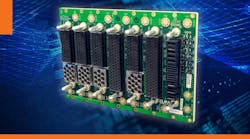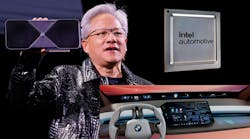RF/Microwave Technology Helping Power EVs and HEVs (.PDF Download)
Electricity may one day rule the world’s vehicles rather than gasoline. As fossil fuels become more expensive, and the technologies and manufacturing costs associated with electric vehicles (EVs) and hybrid electric vehicles (HEVs)—which combine electric and gas-powered engines—become more affordable, the prices for EVs and HEVs will drop, making such vehicles more widespread on the roads.
When drivers take the wheel of their new EV or HEV for the first time, they will also find that the drive system is not the only one powered by electricity. Rather, RF/microwave signals throughout each vehicle and beyond it are helping with the day’s drive. That comforting invite to “leave the driving to us” may very well refer to those RF/microwave systems.
The disadvantages of EVs and HEVs compared to gasoline or powered vehicles have included the aforementioned relatively high costs, limited driving ranges (typically as much as 250 miles compared to a vehicle that can be refueled at any convenient gas station), and long recharge times required to bring a battery to full charge once it has been depleted of energy. But some companies, including Qualcomm, are exploring ways to recharge the batteries of EVs and HEVs while they are moving, without having to make long stops at recharging stations.








